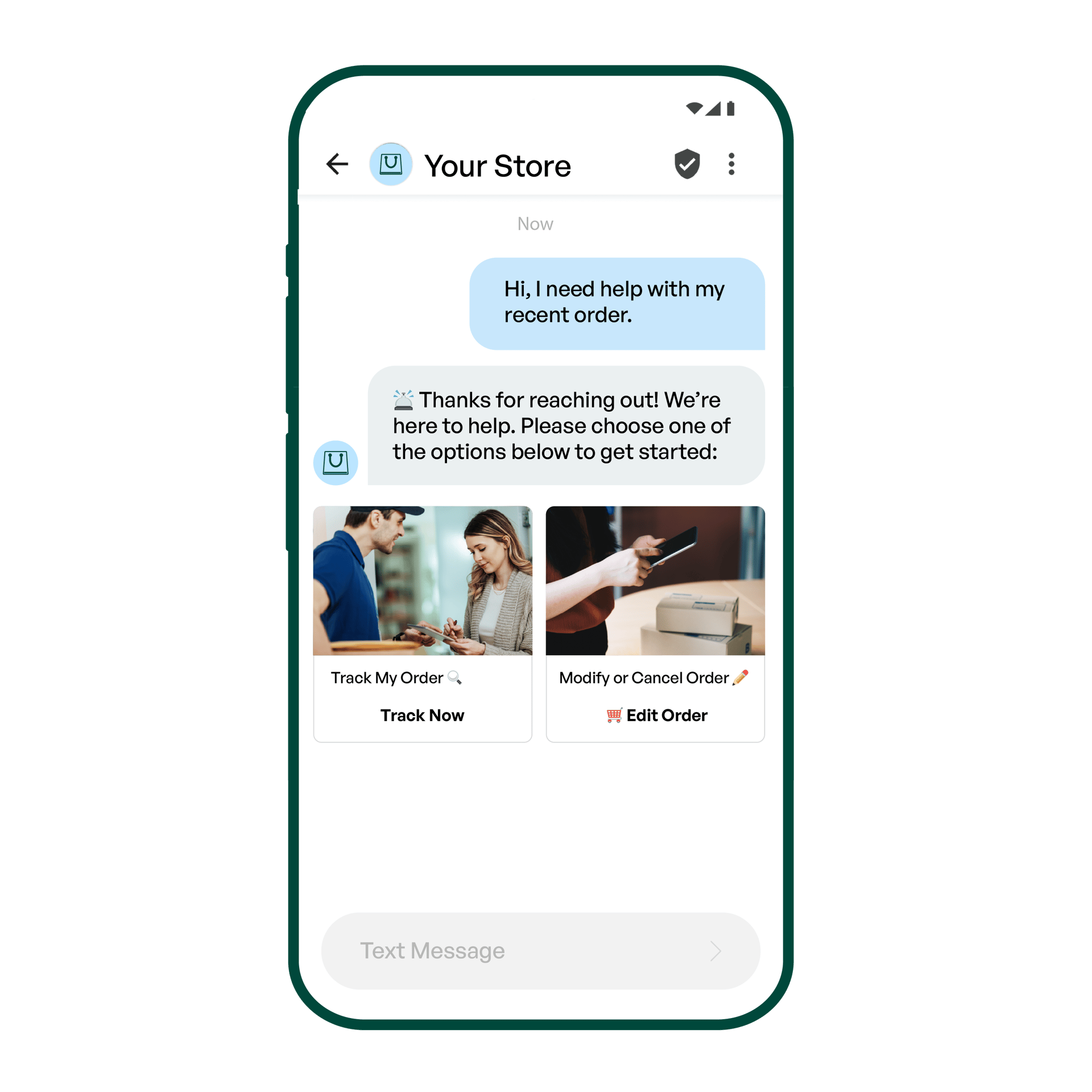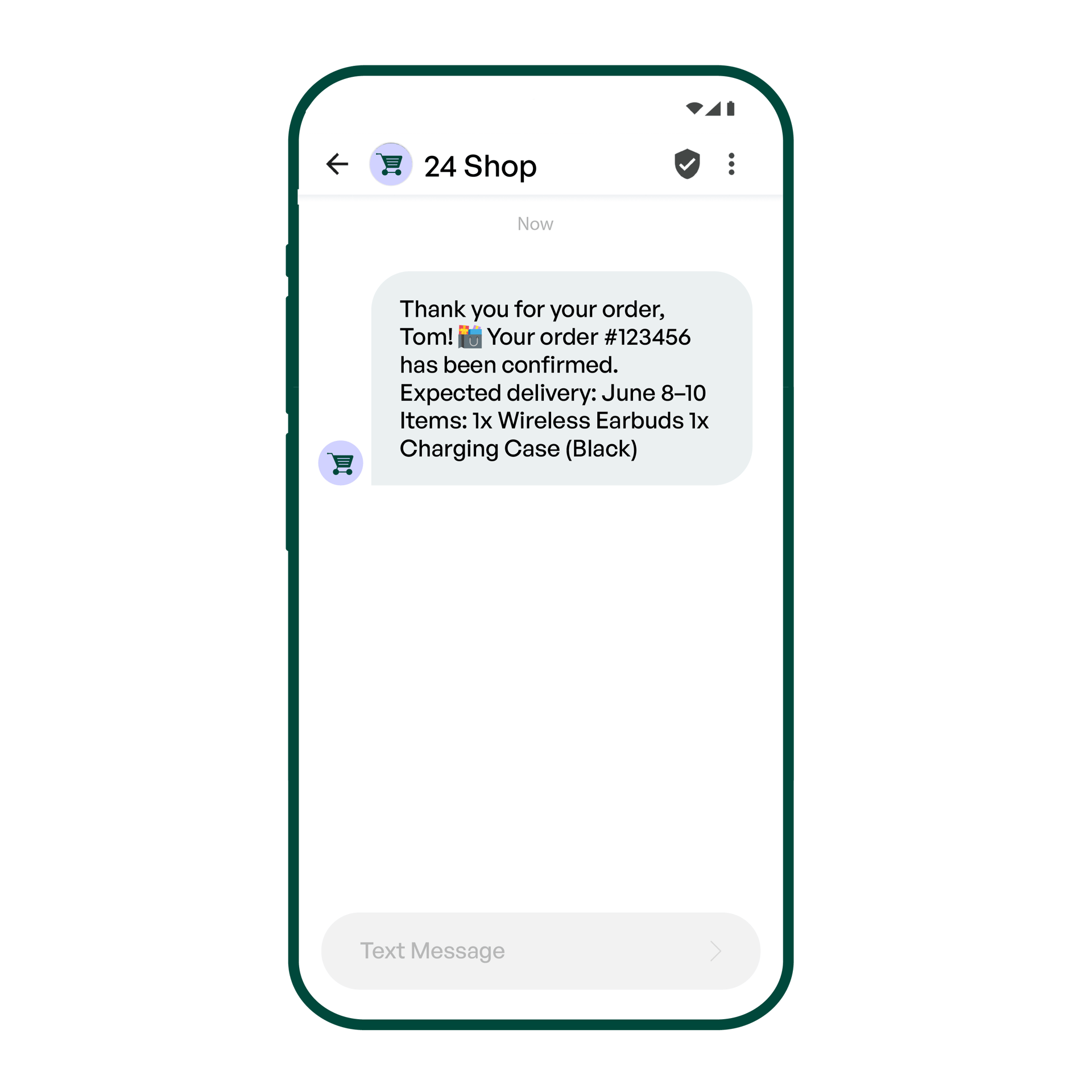Rich Communication Services (RCS) is a next-generation messaging protocol that represents a significant leap from the limitations of SMS (Short Message Service) and MMS (Multimedia Messaging Service). Traditional SMS is restricted to 160 characters and lacks modern features, while MMS offers limited media-sharing capabilities and inconsistent support across devices. RCS was developed to address these shortcomings by providing a robust, standardized platform for rich and interactive communication.
Introduced by the GSM Association (GSMA), RCS is positioned as the natural evolution of SMS and MMS. What sets RCS apart is its ability to operate over data networks rather than legacy circuit-switched networks, unlocking enhanced user experiences through internet-based delivery. The landscape shifted significantly in late 2024 when Apple announced RCS support starting with iOS 18. This support dramatically improved cross-platform communication capabilities and reduced fragmentation, facilitating a unified messaging experience between Android and iOS users.
Rich Messaging Capabilities and How RCS Operates Over IP
One of RCS' defining attributes is its rich messaging capabilities. These include sending high-resolution images and videos, providing read receipts, displaying typing indicators, enabling group chats, sharing live locations, and supporting branded messaging with verified sender identities. These features offer a messaging experience that rivals or even exceeds what users have come to expect from popular OTT messaging apps. Moreover, end-to-end encryption (E2EE) has become increasingly ubiquitous, providing users with enhanced security and privacy.
RCS runs over internet-based (IP) networks, allowing for faster, richer communication than traditional SMS or MMS. It uses the IP Multimedia Subsystem (IMS), a global standard that helps deliver multimedia services across mobile networks. This setup ensures a consistent user experience no matter the mobile device or carrier, thanks to the GSMA’s Universal Profile, which defines essential messaging features like group chats, file sharing, and delivery receipts.
To ensure reliability even when direct device-to-device messaging isn’t possible, RCS also uses HTTPS and cloud-based systems. These cloud solutions provide backup and ensure messages are delivered smoothly across various network conditions.
RCS Business Messaging (RBM), Use Cases, and Platform Players
RCS is not just a consumer technology but also a powerful tool for enterprises through RCS Business Messaging (RBM). RBM enables companies to deliver rich, interactive, and branded messages directly to customers' native messaging apps, offering a more engaging alternative to traditional SMS-based Application-to-Person (A2P) messaging.
The specific features that make RCS Business Messaging a powerful communication channel include:
Verified Sender Identities
RBM allows businesses to send messages from verified sender IDs, which are clearly marked within the messaging app. This verification builds trust with consumers by ensuring that communications come from legitimate sources and reduces the risk of fraud and impersonation—an increasing concern in digital customer engagement.
Interactive Suggestions and Quick Replies
Messages sent via RBM can include suggestion chips — predefined buttons that offer quick reply or action options. These enable customers to respond instantly, whether it’s checking order status, confirming an appointment, or navigating to a product page. This feature streamlines interactions and enhances customer satisfaction by reducing friction in the communication process.

Media-Rich Content and AI Chatbots
RBM supports a broad range of rich media formats, including high-quality images, carousels, videos, and even embedded conversational AI chatbots. Businesses can present product catalogues, promotional videos, or instructional content directly within the chat. This immersive experience makes communication more engaging and effective, increasing conversion rates and improving customer support efficiency.

Transactional Messaging
In addition to promotional content, RBM is highly effective for transactional use cases. Companies can send order confirmations, delivery updates, flight notifications, and fraud alerts—enhanced with visuals and interactive components to ensure clarity and immediacy. These messages reduce call centre load and give customers confidence through real-time, branded communication.

RBM is designed to accommodate for the needs of various industries and verticals: industries such as aviation, retail, banking, and logistics are actively leveraging RBM. Airlines send boarding passes and gate changes, retailers showcase limited-time offers, and banks deliver secure account notifications. The consistent user experience within native messaging apps makes RBM a compelling option for improving customer journeys.
In the CPaaS arena, RCS bridges legacy telecom infrastructure and modern, API-first communication platforms. Providers like GMS leverage RCS together with SIP and SMPP protocols to deliver programmable communication services at scale. By exposing RCS through APIs, these platforms enable enterprises to incorporate interactive messaging into customer service flows, marketing campaigns, and transactional alerts — while maintaining brand integrity and security.
What's next?
RCS represents a significant evolution in mobile messaging, directly bringing rich, interactive communication into users' native messaging apps. Apple's adoption significantly reduced interoperability hurdles, accelerating RCS's journey toward universal adoption. As telecom operators and businesses continue embracing RCS — particularly with integration into 5G and AI-driven capabilities — the protocol stands poised to transform digital engagement, creating universally compatible messaging experiences.
Do you want to learn more about RBM? Talk to our experts!

GMS Team
Stay ahead of industry news
Join our newsletter community to receive the latest updates on industry trends, upcoming events and webinars, and the latest GMS product updates.
More from GMS
Keep up with industry trends and technology advancements.